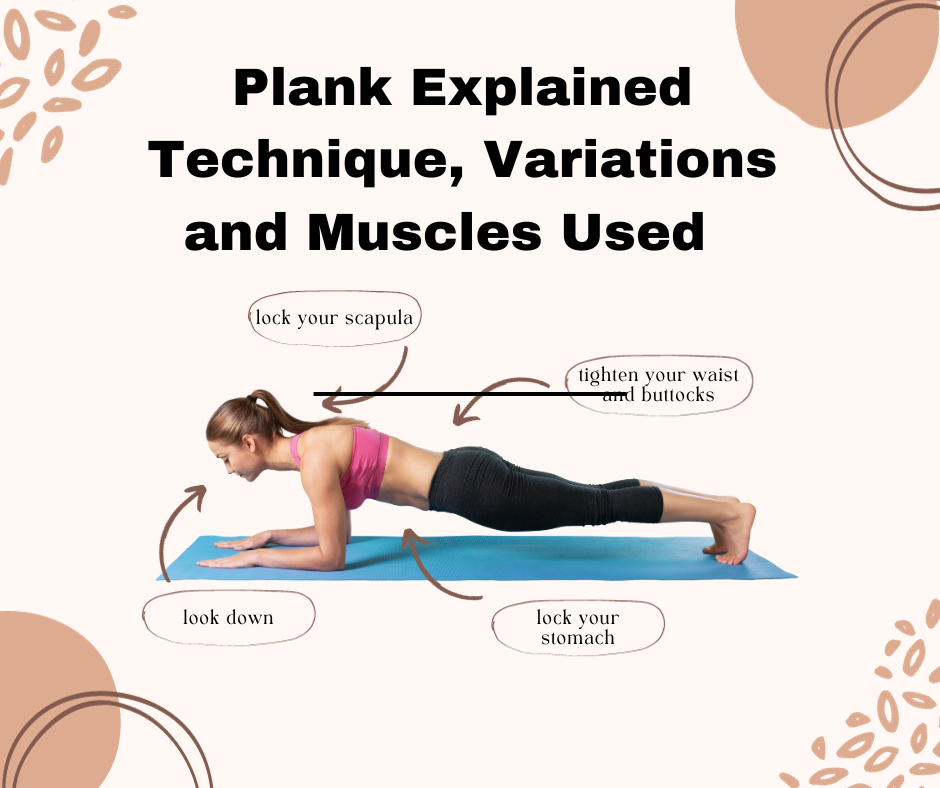Planking is a widely practiced exercise with numerous variations that cater to different fitness levels and goals. Let’s delve deeper into the intricate aspects of this core-strengthening workout, examining not only the primary muscles involved but also various variations and key techniques for optimal effectiveness.
Muscle Engagement:
The primary focus of the plank is on the core muscles, but its impact extends beyond, engaging various muscle groups that play a crucial role in providing support and stability.
- Rectus Abdominis: Familiarly known as the 6-pack muscle, the Rectus Abdominis forms the top layer of your stomach muscles. While sculpting this area, the plank involves a more comprehensive engagement of the core for overall strength.
- Transverse Abdominis: Positioned deeper, this muscle serves as a primary supporter of the spine. Its engagement adds a layer of stability to the plank, contributing to a strong and well-supported posture.
- Obliques: Running along the sides of your waist between the ribs and hips, the obliques facilitate lateral movements. These muscles come into play during planks, contributing to stabilization and assisting in side-bending motions.
- Shoulders and Chest: Beyond the core, the plank also activates muscles in the shoulders and chest. These areas are essential for maintaining an elevated position and sustaining proper form throughout the exercise.
Variations of the Plank:
- Elbows and Knees Plank
- Elbows and Toes Plank
- Hand and Toes (Leg Pull Prone) Plank
- Side Plank on Elbows and Knees
- Side Plank on Elbows and Toes
Key Technique Points:
- Maintain a Neutral Spine: Keep your back straight to avoid letting the hips drop or the back arching. Lower back pain is often a result of improper spinal alignment.
- Avoid Sinking Between Shoulder Blades: Imagine a hook between your shoulder blades pulling you toward the ceiling. This visualization helps stabilize your shoulders and prevents sinking.
- Engage Your Core: Actively draw your belly button up toward the spine to ensure full engagement of the core muscles.
- Proper Elbow Placement: Position your elbows directly under your shoulders for optimal support and alignment during the plank.
By understanding the nuances of muscle engagement and employing proper technique, you can maximize the benefits of planking while reducing the risk of injury and promoting overall fitness.


